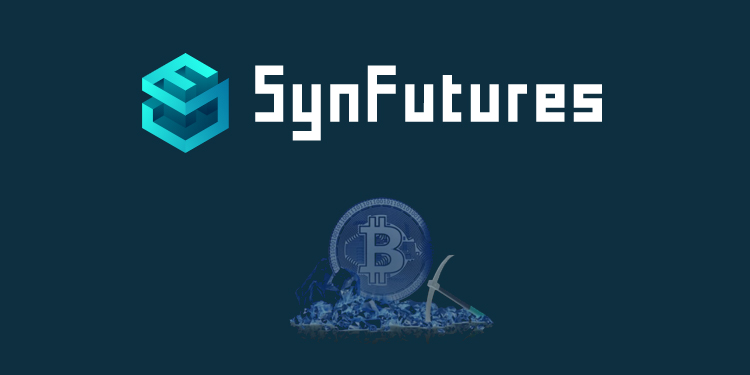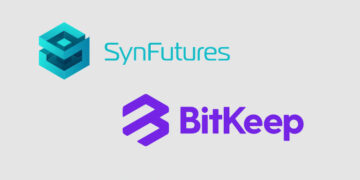SynFutures, a decentralized derivatives exchange, has announced it will launch Bitcoin (BTC) hash rate futures, a derivative that enables trading on an important risk factor affecting the return on mining Bitcoin. Starting today, users of SynFutures can begin trading Bitcoin mining difficulty with wrapped BTC.
Why Launch
Due to the mining difficulty adjusting mechanism embedded in the Nakamoto consensus; mining output can fluctuate, leading to a variety of hash rates within a given amount of time.
Recent events, specifically China’s crackdown on Bitcoin mining, have also affected the hash rate of Bitcoin and other digital assets.
As the ‘great migration’ out of China begins, the Bitcoin mining ecosystem is expected to change dramatically; with new mining organizations and regions filling the gap left by China, which has historically accounted for more than 70% of Bitcoin’s global hash rate.
While the lower hash rate is a concern for many, other industry contributors believe it will enable more mining and trading ecosystem opportunities.
With hash rate futures, SynFutures is opening the door for traders to hedge against the risk of fluctuating difficulty for Bitcoin mining; as well as arbitrage against the price of futures and mining power and trade on future mining difficulty, in a completely decentralized environment.
Decentralized Hash Rate Futures
To create its hash rate futures product, SynFutures designed its oracle; a device that connects a blockchain with off-chain data to validate Bitcoin block headers and extract the mining difficulty instead of aggregating contributions from feeders. This ensures the oracle is fully trustless; enabling anyone capable of uploading Bitcoin block headers to contribute to the maintenance of the oracle.
SynFutures took inspiration from interest rate futures for its futures contract design; which is used to trade or hedge the change in interest rate. Instead of just an abstract mining difficulty number; each hash rate futures contract represents the expected block mining reward in BTC for a difficulty resetting period at a given difficulty level. It can be used to perfectly hedge the change in mining difficulty.
Furthermore, every future difficulty resetting block can have a futures contract expiring on that block for hedging needs. Besides, instead of finding specific supplies and counterparties to negotiate prices, the miner can now hedge easily using derivatives.
Examples include:
- Shorting the hash rate futures – to hedge against the risk of mining difficulty increases and lock in the number of new BTC mined.
- Shorting BTC/USD futures – with the BTC amount implied by the hash rate futures above to lock in the total USD revenue.
- Longing electricity futures – so that the power cost is determined.
“Securitizing mining activities has been an idea our team has been working on for a while; as we have extensive experience in both traditional financial markets and the mining industry. As the mining landscape evolves; we want to give traders the opportunity to make the most of this time; and hedge against all the factors affecting their mining returns.”
– Rachel Lin, Founder & CEO at SynFutures
Hash rate futures is the newest product release from SynFutures, which is now onboarding new users through its closed alpha.
Upcoming product launches include:
- Auto-Hedger – a one-click solution for hedging the “impermanent loss” risk for staking in a variety of DeFi AMM trading platforms.
- Cross margining – a way of offsetting positions to spread and reduce margin requirements.






















